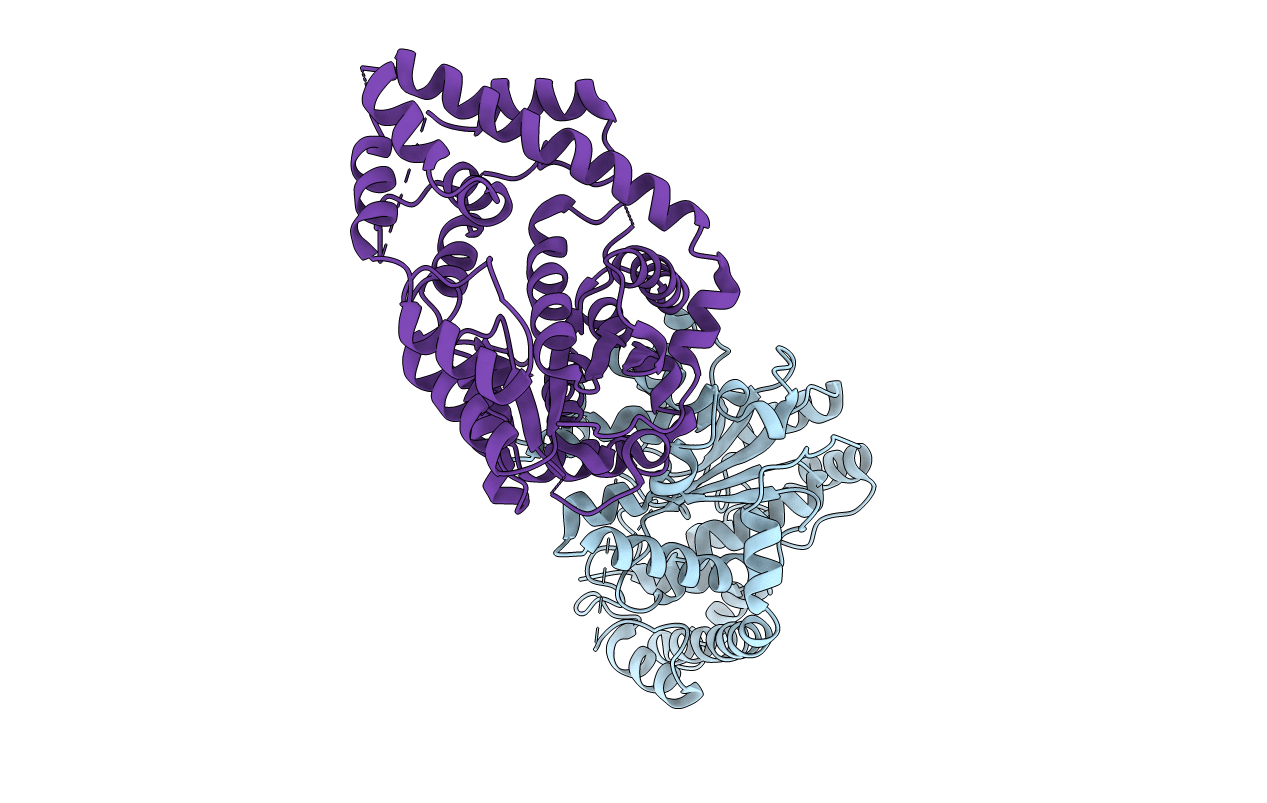
Deposition Date
2017-01-18
Release Date
2018-01-17
Last Version Date
2023-10-04
Entry Detail
PDB ID:
5UJI
Keywords:
Title:
Crystal structure of human T2-Tryptophanyl-tRNA synthetase with H130R mutation
Biological Source:
Source Organism:
Homo sapiens (Taxon ID: 9606)
Host Organism:
Method Details:
Experimental Method:
Resolution:
2.79 Å
R-Value Free:
0.26
R-Value Work:
0.21
R-Value Observed:
0.22
Space Group:
C 2 2 21


